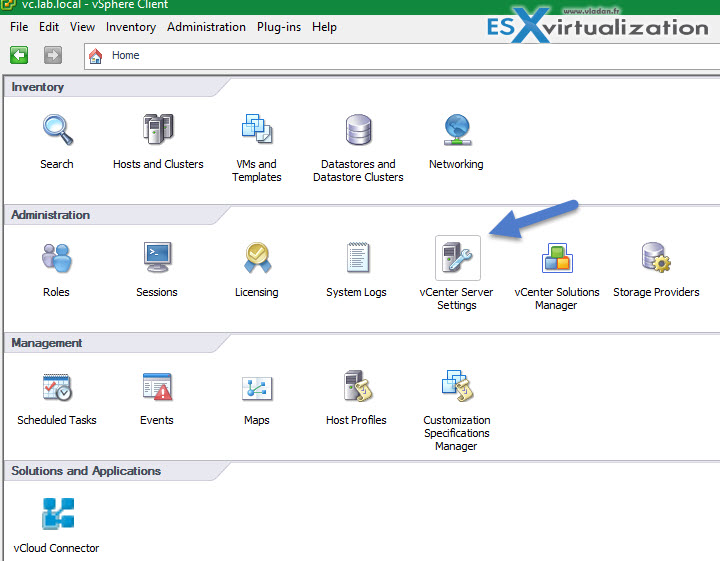

But the standby edge FIB table or the show ip forwarding command still shows the IP and is not removed from the FIB table.

The output above was taken from a DLR deployed with HA enabled, and the HA interface is assigned an IP address.Interface vNic_0 in this example is the HA interface.

It is a single “pseudo-interface” that is configured with all IP addresses for all DLR’s “Internal” LIFs. Interface “VDR” does not have a VM NIC (vNIC) associated with it.Interface vNic_2 is up, line protocol is up Input packets 582249, bytes 37339072, dropped 49, multicast packets 0 Interface vNic_0 is up, line protocol is up Output errors 0, aborted 0, carrier 0, fifo 0, heartbeat 0, window 0 Input errors 0, length 0, overrun 0, CRC 0, frame 0, fifo 0, missed 0 Input packets 0, bytes 0, dropped 0, multicast packets 0 The DLR Control VM’s interfaces can be displayed as follows:Īuto-duplex (Full), Auto-speed (2460Mb/s) The “VDR” interface is a pseudo-interface that does not correspond to a vNIC. The “VDR” interface is displayed for all LIFs of “Internal” type.The purpose of the Forwarding Table is to show which DLR interface is chosen as the egress for a given destination subnet.The major output of DLR Control VM’s lifecycle is the DLR routing table, which is a product of Interfaces and Routes.Ĭodes: O - OSPF derived, i - IS-IS derived, B - BGP derived,Ĭ - connected, S - static, L1 - IS-IS level-1, L2 - IS-IS level-2, Note that unlike on the ESXi hosts, this table does not include any directly connected subnets because this information is provided by the LIF configuration.ĭLR Control VM has LIFs and routing/forwarding tables. The “routes” shows the routing table sent to this Controller by this DLR’s Control VM.The “interface-summary” displays the LIFs that the Controller learned from the NSX Manager.In a correctly functioning environment, this list would include all hosts from all clusters where the DLR exists. The “instance” sub-command of the “show control-cluster logical-routers” command displays list of hosts that are connected to this Controller for this DLR Instance.Nsx-controller # show control-cluster logical-routers routes 1460487509 Nsx-controller # show control-cluster logical-routers instance 1460487509


 0 kommentar(er)
0 kommentar(er)
